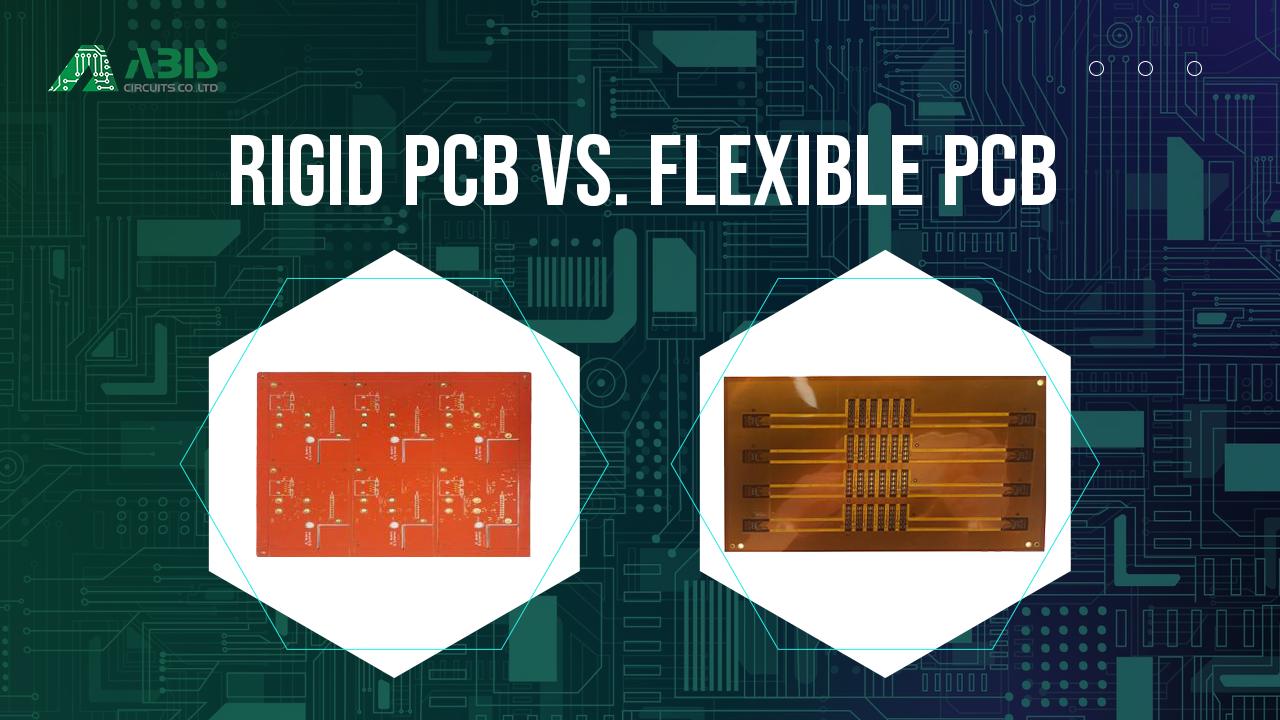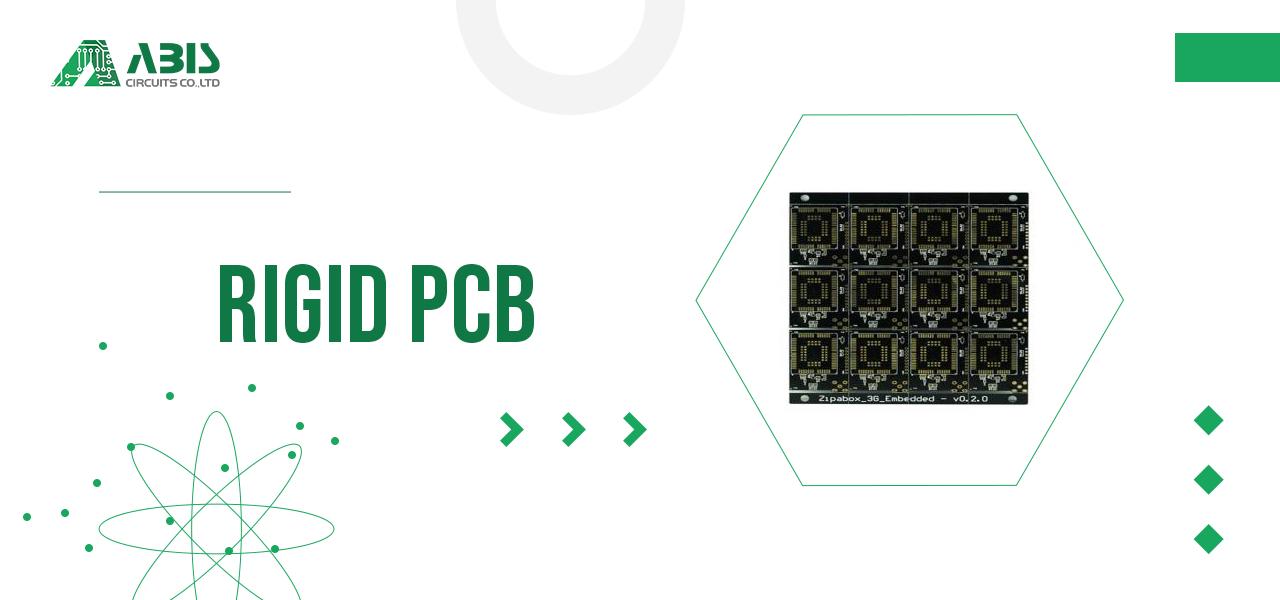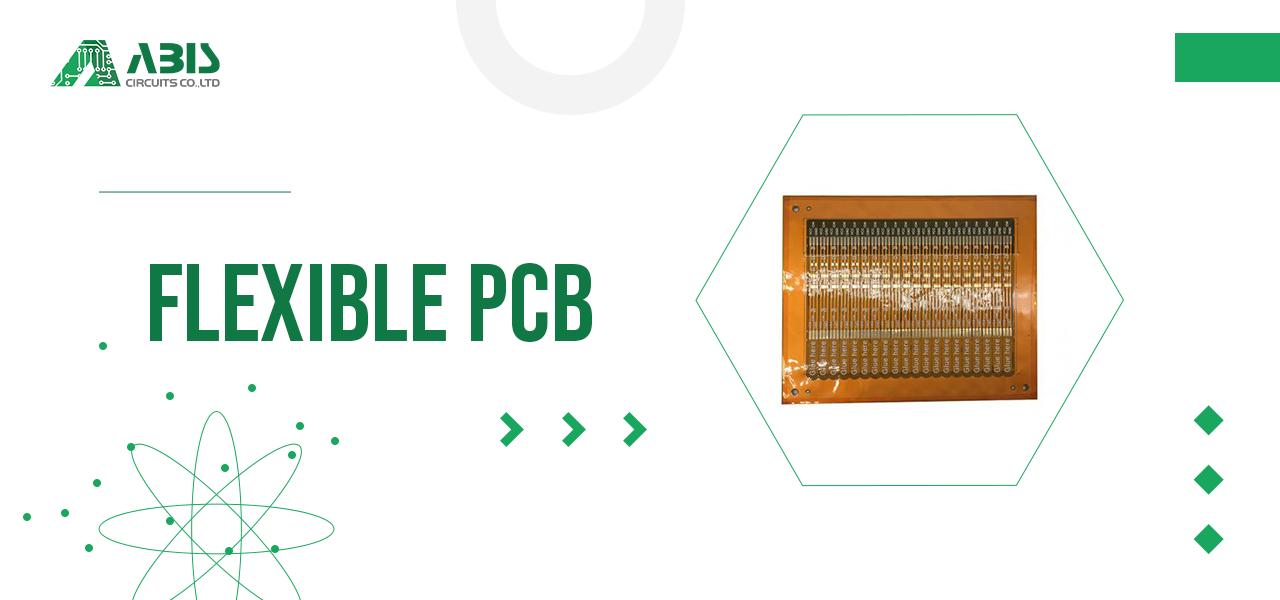
Both rigid and flexible printed circuit boards are types of printed circuit boards. The rigid PCB is the traditional board and the foundation upon which other variations arose in response to industry and market demands. Flex PCBs revolutionized PCB fabrication by adding versatility. ABIS is here to help you learn about rigid vs. flexible PCBs and when it's better to use one over the other.
Though rigid and flexible PCBs serve the same basic purpose of connecting electronic components for various devices, there are significant differences between them. Rigid and flexible PCBs are manufactured differently, with different performance advantages and disadvantages. Their distinguishing characteristics and functions are listed below.
To connect electrical components, rigid boards use conductive tracks and other elements arranged on a non-conductive substrate. This non-conductive substrate is typically made of glass for strength and thickness. Flex PCBs, like non-conductive substrates, have conductive tracks, but the base material is more flexible, such as polyimide.

The rigid board's base material gives it strength and rigidity. The dynamic flex PCB, on the other hand, has a flexible base that can be bent to fit the needs of the application.
Flex circuits are typically more expensive than rigid circuit boards. Flex circuits, on the other hand, allow manufacturers to make portable-sized products for consumer electronics, medical devices, space, and automotive applications, which are in high demand, resulting in more revenue and indirect savings for electronics manufacturers.

Although both types of PCB are reasonably long-lasting, their durability manifests differently in each. Flex materials allow PCBs to absorb vibrations, dissipate heat, and withstand other environmental elements, whereas rigid PCBs have greater strength. Flexible circuits can also be flexed hundreds of thousands of times before they fail.
Both rigid and flexible printed circuit boards fundamentally serve the same purpose—connecting various electrical and mechanical components together—both technologies have their place in life. While many of the same design rules are used with both rigid and flexible PCBs, flexible PCBs require some additional rules due to their additional manufacturing process steps.
It is important to note that not all board houses can produce flexible PCBs. ABIS can provide our customers with up to 20 layers, blind and buried boards, high-precision Rogers boards, high TG, aluminum base, and flexible boards in a fast turn and high-quality level.
Post time: Jun-03-2022




